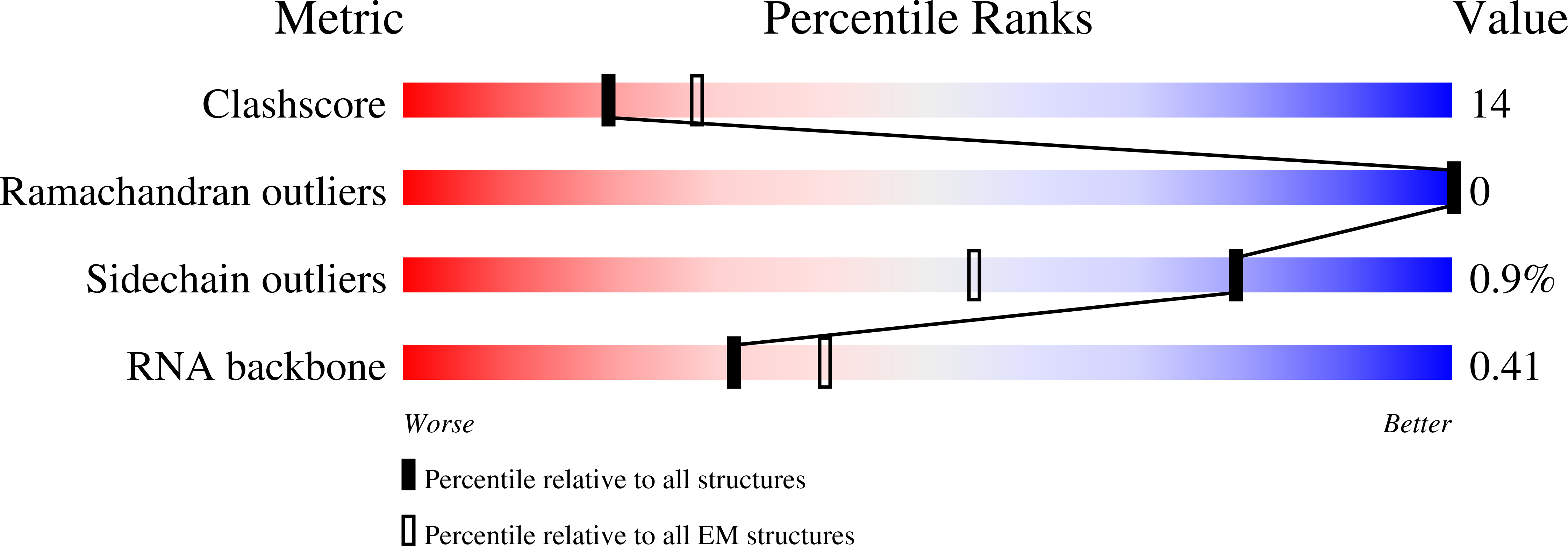
Deposition Date
2023-11-10
Release Date
2024-06-19
Last Version Date
2025-07-09
Entry Detail
PDB ID:
8R3Z
Keywords:
Title:
Cryo-EM structure of the Asgard archaeal Argonaute HrAgo1 bound to a guide RNA
Biological Source:
Source Organism:
Candidatus Harpocratesius repetitus (Taxon ID: 3049170)
Host Organism:
Method Details:
Experimental Method:
Resolution:
3.40 Å
Aggregation State:
PARTICLE
Reconstruction Method:
SINGLE PARTICLE


